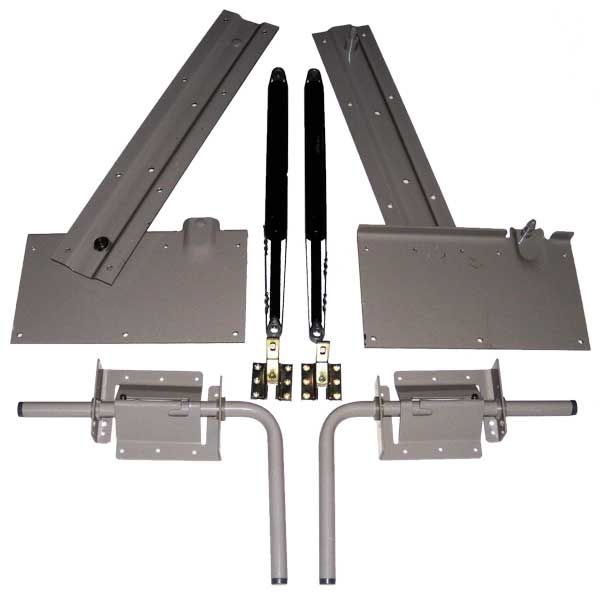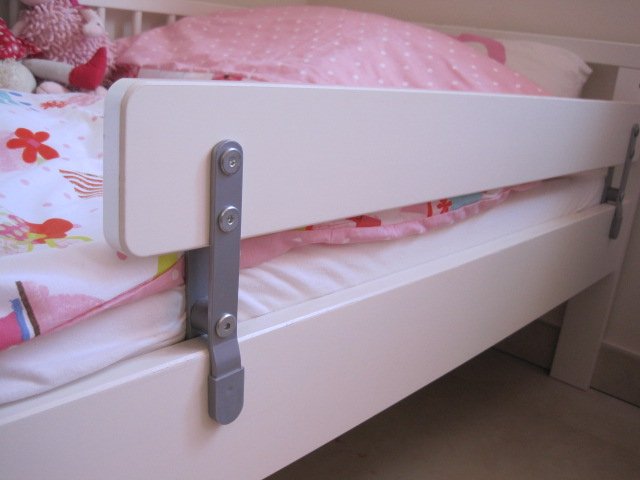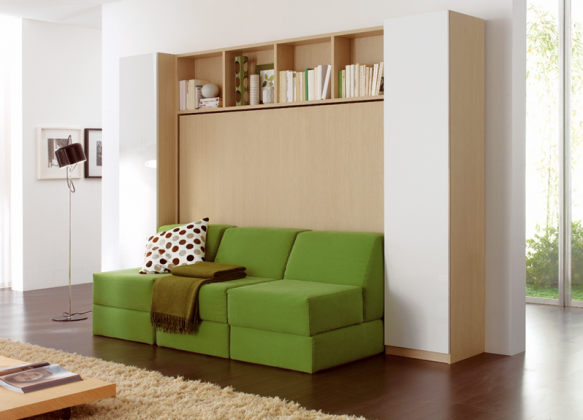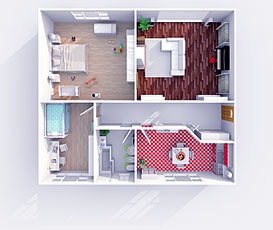How to count tulle on the window wide
Today there are many options for ready-made curtains and tulle. But sometimes windows have non-standard sizes and configuration. Or the design of the finished textile does not match the interior. It happens that the family budget does not allow to buy expensive curtains with multi-layer draperies. For all these cases, there is one universal solution - individual tailoring. Making the assembly yourself is not as difficult as it seems at first glance. But it is necessary to know how to correctly calculate the tulle and curtains on the window.
When calculating the width of tulle, not only the length of the cornice, but also the fabric features are taken into account.
Content
- 1 Window decoration with tulle: types of assembly
- 2 Build factor
- 3 How many meters of tulle on the window need three meters?
- 4 Calculation of tulle on the bottom: the degree of filling
- 5 Selection of curtain sizes
- 6 Examples of different collection factors
- 7 Video on how to correctly calculate the width of the fabric for curtains
Window decoration with tulle: types of assembly
The pleated tulle looks elegant and airy. Previously, each fold had to do manually. Now to achieve a uniform and beautiful assembly is very simple - you need to buy a special tape for curtains.
Curtain tape allows you to gently distribute the folds across the width of the curtain
Curtain tape is a strip of fabric with cords passed through it. Sewing the ribbon to the canvas and pulling the laces together, you can make beautiful folds on the material. It is fastened with the help of special textile loops on the tape that cling to the hooks. Transparent braid is bought for light transparent textures, such as: organza, mesh, in rare cases - crystalon, veil. The opaque tape is dense, on a cotton basis, intended for curtain and opaque fabrics.
For tulle curtains suitable transparent curtain tape
Important! The opaque band is made of organic cotton. When washing, she can sit down to 10-15% of its length. Therefore, you need to take it with a margin and iron the iron in the “Steaming” mode before sewing.
Different models of tape will help to make different types of assembly on the material.
- Uniform. When tightening the cords of the braid, the waves are obtained with even “columns”. Another name is "pencil".
Simple “pencil” assembly
- Puffs. The second name is “waffle”, because the three-dimensional drawing is similar to the relief of the famous dessert.
Lambrequin of tulle with puff assembly
- "Glass", "glass". All these names are used for beautiful goblet folds.
Curtain tape with the assembly in the form of glasses
- Bantovoy. Creates uniform bantovye folds on the canvas. Manually, without tape, they are quite difficult to make, especially for beginners.
Bowed tulle assembly on the curtain tape
- "Goose feet." Triple tucks evenly distributed across the canvas.
This assembly is shaped like a crow's feet.
If you plan to set a fabric for one or another of the folds, it is necessary to know the coefficient of the tulle assembly. It will help in the calculation of the footage, which is needed for a particular drapery.
Build factor
The build factor (COP) is a value that helps determine how much fabric you need to fit in width. In fact, this is an allowance for waves and tails, and it depends on him how much they will be magnificent in the end.
The build factor depends on the type of folds formed on the canvas curtains
Before you calculate the tulle on the window wide, you need to figure out what will be the COP.For this you need to know two quantities:
- The length of the cornice.
- Braid model.
The width metric area is calculated using a simple formula:
The amount of fabric = k x the length of the eaves
Where k - is the coefficient of assembly (filling). For different types of assembly, which forms the band, it will be different:
- Pencil - k=2,5-3.
- Puffs - k = 1,5 – 2,5.
- Goose Feet - k = 2.
- Goblet, banta k = 2,5-3.
Note! On the packaging of the curtain tape must be indicated KS. Usually the average coefficient = 1: 2.5. It is suitable for almost any design options curtains.
Knowing the COP, it remains only to calculate the desired amount of tissue. If, for example, k = 1.5, and the length of the cornice is 275 cm, then for sewing curtains you will need to dial 375 cm (3.75 meters) of fabric (1.5 x 250 cm = 375 cm).
Important. When calculating the need to add allowances for side seams. As a rule, add 6 cm, 3 cm for each side seam.
Processing side cut curtains
In our example, to the width of 3.75 m you need to add another 6 cm to the side seams. The total width of the fabric will be 3 m 81 cm.
How many meters of tulle on the window need three meters?
Often the housewives are concerned about this particular issue. The popularity of the dilemma is easy to explain - this width is the most common and is considered standard. In this case, the width may be different: from 4.5 m to 9m. Naturally, in the first case, the material will fall in a small uniform wave, in the second - with luxurious, lush folds.
Important! The measurement of the width of the window is not done according to the frame or opening, but along the length of the eaves. It does not take into account decorative elements, such as knobs on the sides of the rod.
On the eaves, it is necessary to measure exactly the part along which the hooks will walk - the working length of the eaves
As a rule, if the eaves are 3 meters, then how much tulle should be taken depends on the type of assembly chosen. If the length of the rod is 3 meters, then the calculation is made using the same formula as above. First you need to decide on what kind of tape will be used. Accordingly, then the COP will be known, which will be needed to calculate the width of the material for sewing curtains.
So, we find out how much tulle you need for a 3 meter window. For example, a webbing is selected with large goblet folds, k = 2.5.
3 mx 2.5 (CS) = 7.5 m + 6 cm (allowances for side bends) = 7.56 m.
That is, a window of three meters for goblet folds will need 7 meters 56 cm of tulle.
It is also necessary to take into account the frequency of folds, because they can be arranged with different pitch.
Calculation of tulle on the bottom: the degree of filling
To calculate the material along the length of the eaves, you need to know what is filling. This is one of the most important criteria in the calculation. It depends on him how magnificently the curtains will look in the end. Filling is of three types:
- Small Minimum level allowed. Designers recommend typing material not less than 1: 1.5. That is, with a window width of 3 m, the minimum amount of fabric for sewing is 3 m x 1.5 = 4.5 m. If you take a smaller amount of organza or veil, then the appearance of the product will be more than modest.
Tulle with an assembly factor of 1: 1.5
- The average. The best is a set of fabric 1: 2. At this value, a window of three meters will need 6 meters of material. Medium filling is the most common option. It allows you to make beautiful drapery with a tightening tape and small folds.
Tulle with an assembly ratio of 1: 2
- Complete The most magnificent, magnificent filling - 1: 3. It looks rich, allows you to make any fantasy folds. At a 3-meter length, you will need 9 meters (3 mx 3 = 9 m). But this option is not suitable for material with a large pattern or embroidery. A rich drape will hide the beauty of the design.
Tulle with an assembly ratio of 1: 3
There are several other nuances that can affect the calculations:
- Density. The denser the material, the less filling should be. Otherwise little light will fall into the room. And, on the contrary, the thinner and more transparent the texture is, the more filling must be chosen.
Tulle is so dense that it can strongly delay sunlight
- Picture. If the material is not monophonic, but with a large pattern, then the COP should be small. If the flowers, patterns and butterflies are too large, it will simply be impossible to see, they will disappear in lush folds.
A large pattern on tulle itself looks beautiful, you don't need to hide it in the folds
Selection of curtain sizes
Now you need to determine how to choose the size of curtains and tulle. That is, find out what should be the size of the curtains with a certain width of translucent curtains. Curtain curtain has a more dense structure. Therefore, the COP will be less than for light veils and will be k = 1.5-2.
The greater the build factor, the more folds will be on the curtains
We calculate the required amount of material for thick curtains, which are badly draped due to the rough texture.
Eaves length - 3 m.
KS = 1.5.
Allowances - 6 cm.
The amount of curtain material: 300 cm x 1.5 = 450 cm + 6 cm (allowances) = 456 cm or 4 meters 56 cm.
As a result, you get a drape, as in the photo
If the texture is a little softer, lighter, allows you to make a beautiful drape, then the COP can choose more - k = 2. Then the calculation will look like this:
Eaves length - 3 m.
KS = 2.
Allowances - 6 cm.
The amount of curtain material: 300 cm x 2 = 600 cm + 6 cm (allowances) = 606 cm or 6 meters 6 cm.
The photo shows curtains with a drapery ratio of 1: 2.
Examples of different collection factors
In addition to the tape, there are several other options for the design of window textiles for sewing. Choosing one of them, it is also important to consider the COP.
- Eyelets. The cloth of a fabric is strung on a bar with the help of special metal or plastic rings installed along the top edge. Often this option is used for draping balcony windows. Curtains on the grommets do not interfere with opening the door, because they are easy to move aside with one movement. For curtains on grommets, it is better to choose k = 2.
Grommets on a thin tulle are fixed using thick curtain tape.
- On the loops. Similar design of curtains looks good in modern interiors. The cloth fastens on a bar by means of textile loops. They can repeat the print of the main canvas or differ in contrast, they can be solid or made out in the form of ties, k = 1.5-2.
Double-loop hinged lace curtain
Before you take the fabric on the window curtains, curtains or drapes, you must determine the filling ratio, the type of braid, the design features of textiles and accurately measure the length of the cornice. Knowing these parameters, it is easy to stitch a beautiful window textile. Examples of photos of window curtains with different COP will help you choose the right option, which will appeal to the whole family.
Video on how to correctly calculate the width of the fabric for curtains






